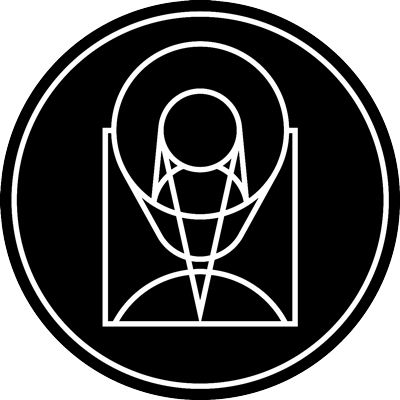Not a Planet

noirlab_iotw2113a March 31st, 2021
Credit: International Gemini Observatory/NOIRLab/NSF/AURA Acknowledgements: PI: Rafael Andrés Pignata (Universidad Nacional de Córdoba)Image processing: T. A. Rector (University of Alaska Anchorage/NSF NOIRLab), J. Miller (Gemini Observatory/NSF NOIRLab), M. Zamani & D. de Martin (NSF NOIRLab)
This gorgeous image resembles an inky patch of space that has been smudged by a giant celestial thumbprint. Actually the object is a planetary nebula named PN M 2-53. It was imaged using the Gemini North telescope of the international Gemini Observatory, a Program of NSF NOIRLab. Planetary nebulae have a wildly misleading name, as they have nothing to do with planets — or even exoplanets. The misnomer originates from the late 1700s, when astronomers thought that the gaseous structures resembled planets. Planetary nebulae are actually formed by some dying stars, right at the end of their lives. The layers of gas and dust shed by the dying stars are lit by their remaining cores, creating a planetary nebula. Despite its inaccuracy, the name has stuck!
Provider: NOIRLab
Image Source: https://noirlab.edu/public/images/iotw2113a/
Curator: NSF's NOIRLab, Tucson, AZ, USA
Image Use Policy: Creative Commons Attribution 4.0 International License

- ID
- iotw2113a
- Subject Category
- Subject Name
- PN M 2-53
- Credits
- International Gemini Observatory/NOIRLab/NSF/AURA Acknowledgements: PI: Rafael Andrés Pignata (Universidad Nacional de Córdoba)Image processing: T. A. Rector (University of Alaska Anchorage/NSF NOIRLab), J. Miller (Gemini Observatory/NSF NOIRLab), M. Zamani & D. de Martin (NSF NOIRLab)
- Release Date
- 2021-03-31T16:00:00
- Lightyears
- Redshift
- Reference Url
- https://noirlab.edu/public/images/iotw2113a/
- Type
- Observation
- Image Quality
- Distance Notes
- Facility
- Gemini North, Gemini North, Gemini North
- Instrument
- GMOS-N, GMOS-N, GMOS-N
- Color Assignment
- Red, Yellow, Blue
- Band
- Optical, Optical, Optical
- Bandpass
- H-alpha, SII, OIII
- Central Wavelength
- 656, 672, 499
- Start Time
- Integration Time
- Dataset ID
- None, None, None
- Notes
- Coordinate Frame
- ICRS
- Equinox
- J2000
- Reference Value
- 338.075245733, 56.1736697243
- Reference Dimension
- 2503.0, 2000.0
- Reference Pixel
- 1251.5, 1000.0
- Scale
- -1.84189454935e-05, 1.84189454935e-05
- Rotation
- 90.039999999999978
- Coordinate System Projection:
- TAN
- Quality
- Full
- FITS Header
- Notes
- Creator (Curator)
- NSF's NOIRLab
- URL
- https://noirlab.edu
- Name
- Telephone
- Address
- 950 North Cherry Ave.
- City
- Tucson
- State/Province
- AZ
- Postal Code
- 85719
- Country
- USA
- Rights
- Creative Commons Attribution 4.0 International License
- Publisher
- NSF's NOIRLab
- Publisher ID
- noirlab
- Resource ID
- iotw2113a
- Resource URL
- http://noirlab.edu/public/media/archives/images/original/iotw2113a.tif
- Related Resources
- Metadata Date
- 2024-12-12T09:14:24.395804
- Metadata Version
- 1.1
Detailed color mapping information coming soon...













